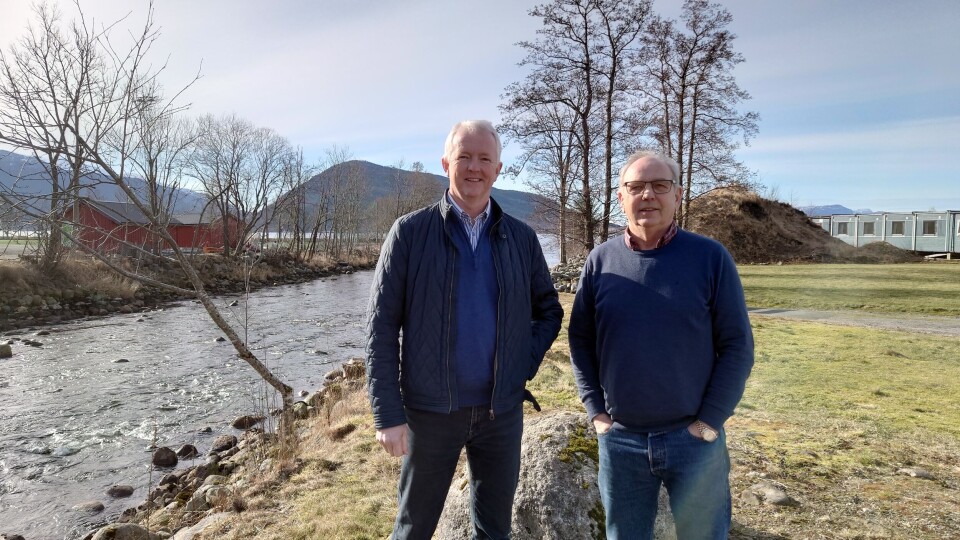
New filter system removes sea lice, eggs and larvae
A small Norwegian company has developed a compact system for filtration of lice, lice eggs and lice larvae from seawater that is now is use with Mowi.
The salmon farmer is using the first two filter units from Nimoc Marine to supply filtered water to two Tubenets, which lessen the impact of lice on farmed fish.
The Tubenet is a type of snorkel cage that keeps fish below the “lice layer”, which is approximately the top 10 metres of the water column. Fish access the surface to refill their swim bladders via a wide canvas tube which prevents lice contacting the fish.
Good results
“The system has been developed together with Mowi for use on tubes, but the system will be adapted to closed facilities and land-based activities. The results after the first few months are good,” said Nimoc chief executive John Arne Olsen, who is one of only two employees of the company along with chairman Ole Reidar Bennæs.
A key element of the system is its flexibility in terms of input depth, said Bennæs, who added that a lot of focus has been placed on utilising favourable salinity and water temperature.
“Different temperature layers and salinity layers must be utilised to the maximum, the intake depth can therefore be easily adjusted according to changes in actual conditions in the water masses,” he said.
“Under changing conditions and in different seasons, the needs will vary. Occasionally, farmers will have temperate surface water, other times water with a certain salinity, and sometimes a suitable combination of both. We had to be flexible enough to get the water where the conditions are most favourable, whether it’s all the way to the surface or deeper down.”
‘We have something special’
The filtration system is transferable to other types of facilities and systems, and Olsen said the company is committed to being able to deliver to closed facilities and onshore facilities as well.
“Perhaps the most exciting area for us going forward is filtration solutions for both closed cages and land-based fish farms that want the supply of lice-free water, without having to pick up chilled water from depths under the lice layer,” he said.
“In this area, we think we have something special. We have an extensive filter system that can remedy even large volume requirements, and everything can be supplied in durable materials.”
The equipment itself is container-based. It is built compactly to be placed on feed barges where space is often at a premium.
Olsen said they have tried to make the equipment as compact and space-saving as possible, but at the same time emphasised the scalability of the system.




















































